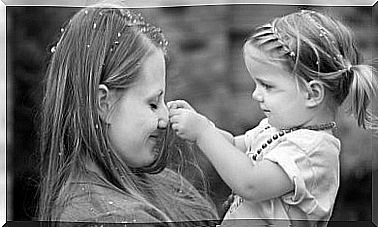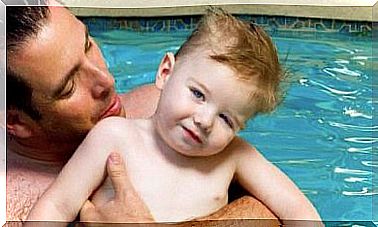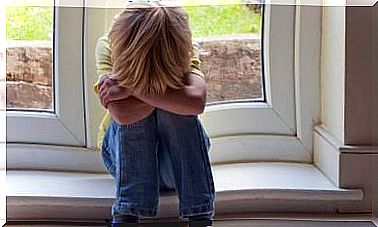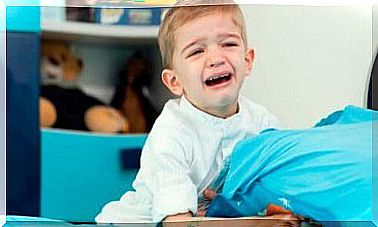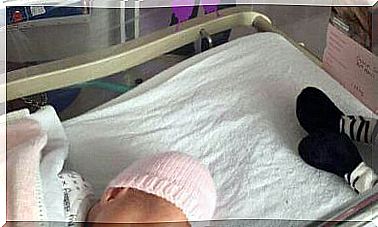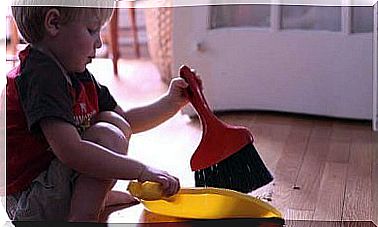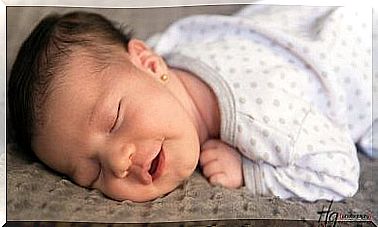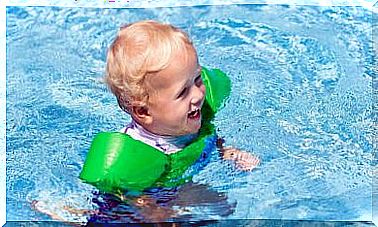Childlike Playing In Its Different Levels
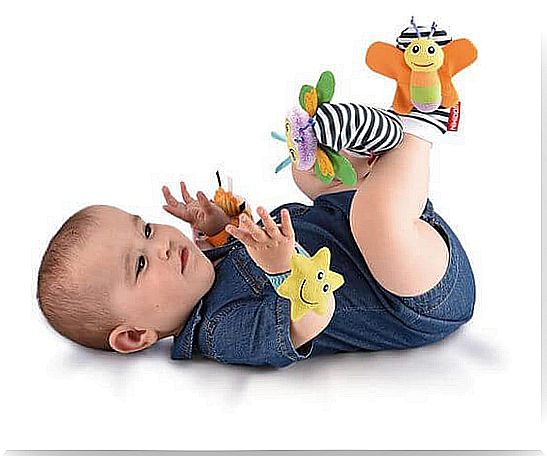
As children grow older, their needs for stimulus triggers change. They then adapt their playing patterns, learn new skills and develop new interests on their own. That is why childish play looks like play, but at the same time it is an intensive learning process.
Every activity your child does evolve over time. Babies start out with little dexterity, but as they get older their games become more challenging.
So children automatically adapt their games to their development. But it is up to us to help them by providing the tools.
To understand what stage of development your child is in, just look at what and how they are playing. This is the best indicator of his maturity and also of his personality development.
The way your child plays comes about very spontaneously: It is a characteristic of their stage of development. Therefore, you will find that the child’s interests change rapidly over a short period of time.
That said, there is no specific age at which children start playing. Babies play very early. It’s just that we often don’t even notice it.
As already said, the type of game is linked to the child’s level of development. Therefore it is more difficult to see that babies are already playing and to watch them.
Similarly, babies and children play differently depending on their personality.
This means that children of the same age can play in completely different ways. And their preference for toys also differs.
In other words, there are patterns in how children play. But how this shows depends on each individual child and their individual personality.
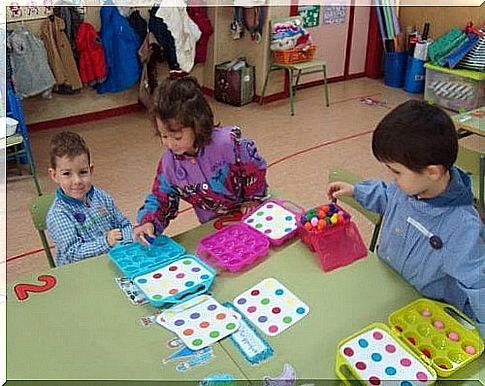
Childlike play and what the different levels look like:
To understand your child’s developmental phase, let them play the way they want. Your child should decide what to play.
Once you have recognized what your child likes to play, you can help them learn with tools that are appropriate for their age.
If you would like to know more about general and typical types of children’s play, we have categorized them for you here.
Childlike play – motoric play
This begins in the baby’s first days of life until it is around 2 years old. Motor play aims to perform various movements.
Children learn new skills in the process. It also helps them control their own bodies. In this phase they also practice mastering various objects.
Creativity and Symbols
Games of this type come out at two and a half to three years old. Fantasy is used as an element throughout childhood, but it is in this phase that the symbolic games begin.
At the age of three, role-playing games are popular, as is the use of objects that are assigned a function. Because at this stage the child sees unlimited potential in almost everything.
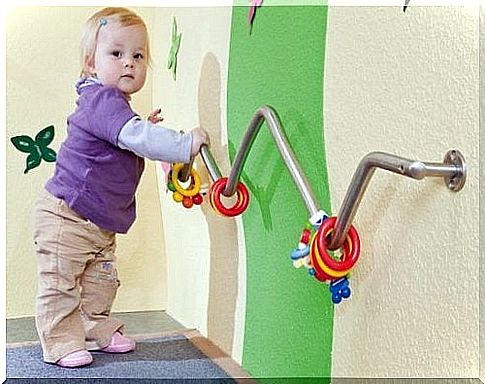
To build
Games in which something is built occur in a childhood phase characterized by rapid development of skills. Children between five and seven love to play this way.
At this stage children already have a much greater intellectual ability to create complex structures. Games that have to do with building are then so popular that children can play with them for hours.
Norms and Coexistence
By the age of 7, children have developed most of their physical and mental skills. But there is still room for improvement in their social skills. So this phase now revolves around social interaction.
At this age, children play by rules. They form groups with others based on interactions similar to those of adults and are able to initiate sports games or board games.

